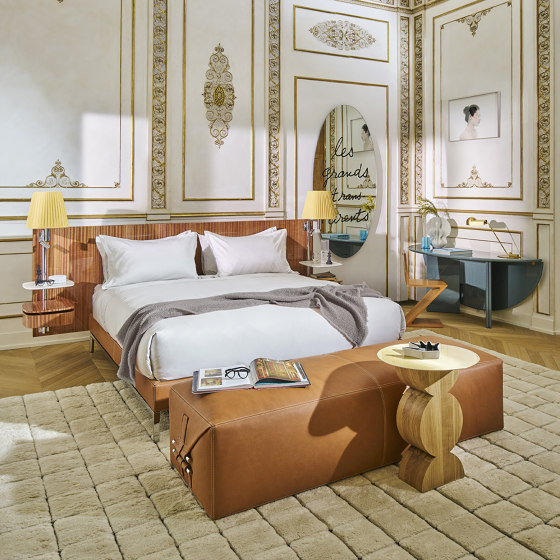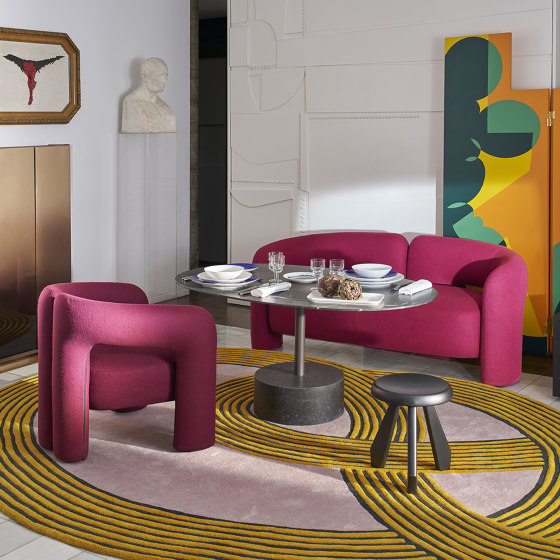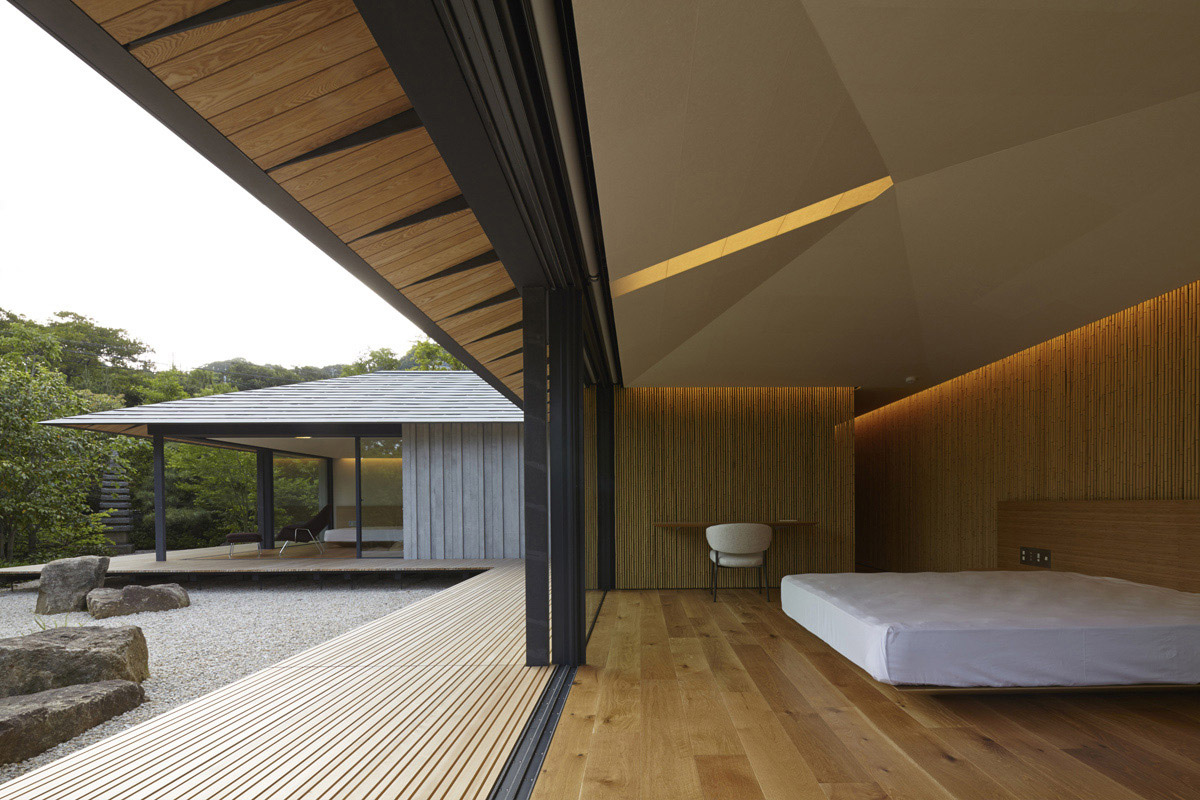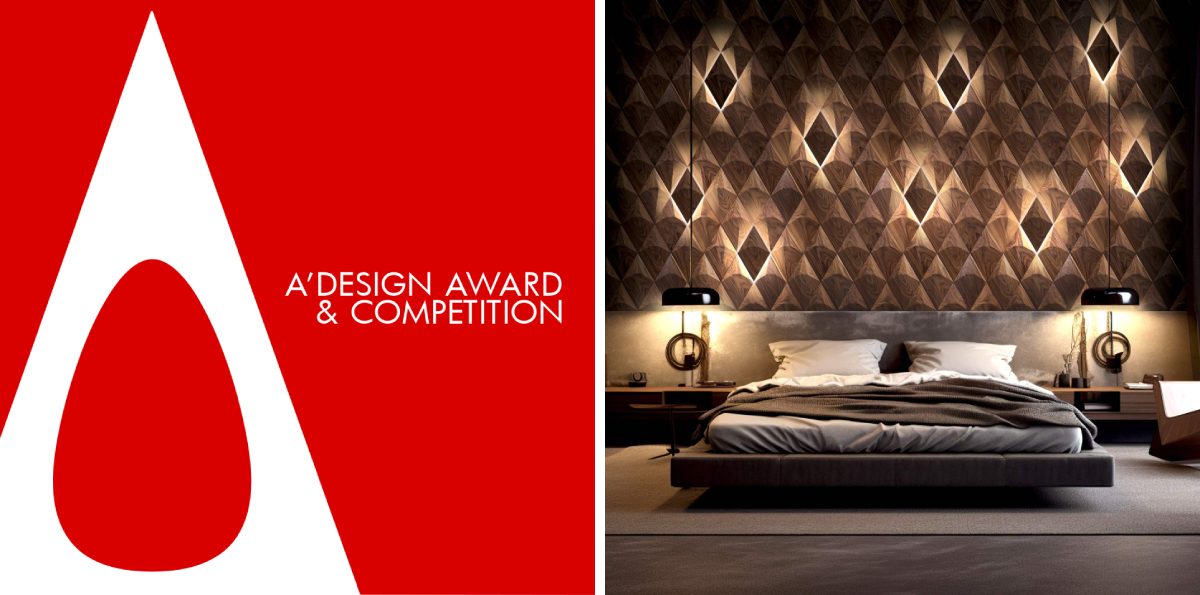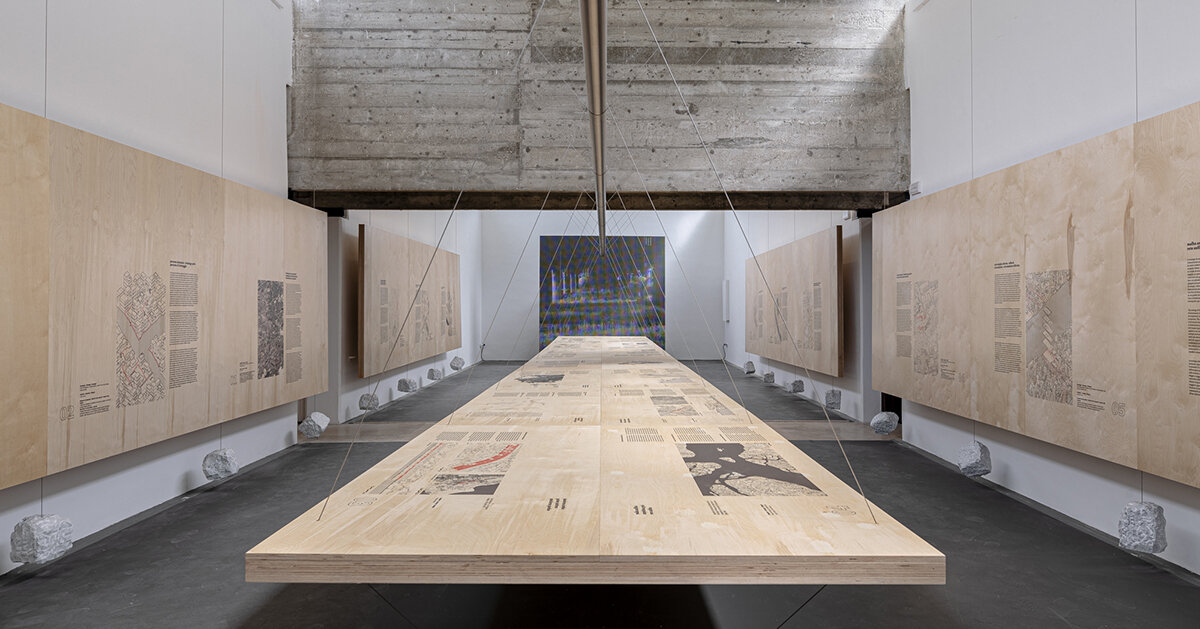Bobby Berk talks about new post-COVID consumers and how they view home
Furniture retailer, manufacturer and designer Bobby Berk is weighing in on some of the changes he believes are here to stay.

HIGH POINT — In 2025, the world will mark the five-year anniversary of the COVID pandemic, and many home furnishings companies are still feeling the effects of what will hopefully be a once-in-a-lifetime global pandemic.
As the timeline milestone approaches, these same companies are also trying to understand what consumer shifts have occurred, both short and long-term, and furniture retailer, manufacturer and designer Bobby Berk is weighing in on some of the changes he believes are here to stay.
“These past few years have been somewhat of a full-on design overhaul for our lives,” Berk told our sister publication Furniture Today. “It’s like COVID redesigned how we think, live and prioritize in so many different areas. There are definitely a number of big shifts that I’ve been seeing (and loving) when it comes to how people live these days.
No longer a ‘pitstop’
Berk said that he has seen a new mindset emerge about home, one that underscores the need for multifunctional spaces and furnishings to meet a variety of demands.
“Before COVID, a lot of people saw home as a pitstop, just a place to recharge between work, socializing and travel,” he said. “Now, our homes are everything — office, gym, restaurant, movie theater, and of course, a place to rest. So many clients are looking for flexibility: spaces that serve multiple functions, like home offices that double as guest rooms or living rooms that flow right into play spaces.
“Second, health and wellness are much more of a priority,” continued Berk. “It’s more about creating a wellness oasis right at home. I’m seeing people investing in things like air purifiers, natural light sources and meditation corners. People are much more focused on creating environments that promote mental health and physical well-being.
“And last, COVID made it clear that the home office is here to stay. No longer are people willing to work at the kitchen counter day in and day out. They want designated work-from-home workspaces that look and feel professional but are comfortable, too.”
Putting on a retail hat
Prior to Berk’s global rise to fame as the design expert on the Queer Eye series, he was both furniture manufacturer and retailer at different points in his career. Today, he works with Tri Pointe Homes to create curated collections for new home buyers and works to incorporate lifestyle behaviors into the offering, noting that he feels retailers have several opportunities to attract new customers with a few tweaks to their floors.
“I see so many missed opportunities in traditional furniture stores; it’s like they’re stuck in another era,” Berk said. “So many traditional stores are selling ‘showroom-ready’ pieces that look great in staged setups but don’t fit the way people actually live. When you walk into these stores, you see pristine white sofas and glass coffee tables, but where’s the practicality? People need furniture that holds up against real life: kids, pets, messes, small spaces, all of it.
“I also think retailers also are missing the boat by not embracing tech and creating a seamless, engaging shopping experience,” he continued. “Today’s shoppers expect to use augmented reality apps to visualize pieces in their homes, find all product info at a glance and check out online if they want to. If you’re not combining in-store and digital experiences, you’re way behind.”
Retail done right
While Berk does see missed opportunities in some furniture stores, he is also enthusiastic about the things he sees that are done well. From sourcing to support, he gives a thumbs up to several retail initiatives.
“There are definitely some things that retailers are getting so right lately,” he said. “I’ve seen some really exciting shifts happening, and it’s great for both the industry and shoppers.
“Shoppers today care deeply about where their products come from, and it’s been amazing to see retailers step up and get transparent about sourcing and sustainability. Some stores are providing full transparency on materials, sourcing practices and even the carbon footprint of each piece. It’s a huge win, not just for eco-conscious buyers, but for anyone who wants quality, responsibly sourced products.”
Along with sourcing transparency, Berk said that the “try it before you buy it” concept — interpreted in several ways — can help eliminate the purchase paralysis consumers might feel when considering a large ticket item.
“We all know buying furniture is a big decision, so it’s incredible to see retailers let customers try things out before they fully commit,” he said. “Whether it’s offering free swatches, letting people test out sofas or even virtual reality (VR) setups that allow you to see a piece in a room similar to yours, this approach builds confidence. Some brands even let you have up to 100 days to try out a product in your home. It’s a bold move, but it really shows that a brand stands by its products.”
About generation next
As part of the Millennial population in the U.S., Berk has experienced the shifts in thinking of a much-in-demand consumer demographic firsthand. From an “emerging” consumer group to today’s young professionals, parents and homebuyers, Millennials are influencing product development in every category and helping drive growth for many home furnishings companies.
“Millennials have grown so much since we first started talking about them as this emerging group in the design world!” said Berk. “I mean, think about it; back in 2015, they were just starting to build careers, maybe moving into their first real places and figuring out what they liked. But now, this generation is hitting major life stages — buying homes, starting families, and becoming more established—and their priorities have shifted in a big way.
“I think Millennials are leaning toward functionality and longevity. They’re still style-conscious, of course, but there’s more of a focus on how a space works day-to-day. They want homes that adapt to their needs, whether that’s multifunctional furniture, dedicated workspaces or kid- and pet-friendly zones.
“Also, they aren’t settling for cheap, trendy furniture as much as they used to. Sure, they still want their spaces to look modern, but they’re moving away from disposable decor. Instead, they’re investing in well-made, timeless pieces they can keep for years. Quality and durability are priorities because they don’t want to keep replacing things every few years. This generation has learned the hard way that it’s better to spend a little more on a great piece that will last.”
When all is considered, Berk said that there are a few key concepts at the core of next-gen retail.
“Consumers will continue to want their homes to feel good and make them feel good, too,” he said. “I think comfort, functionality and continued advances in tech and seamless integrations also will be at the forefront. Anything that makes life easier and smarter at home is going to feel essential rather than optional in the next five years.”
See also:
- Bobby Berk’s new home venture offers design, products, house…everything
- Bobby Berk says these 3 items should be on everyone’s outdoor list
What's Your Reaction?












